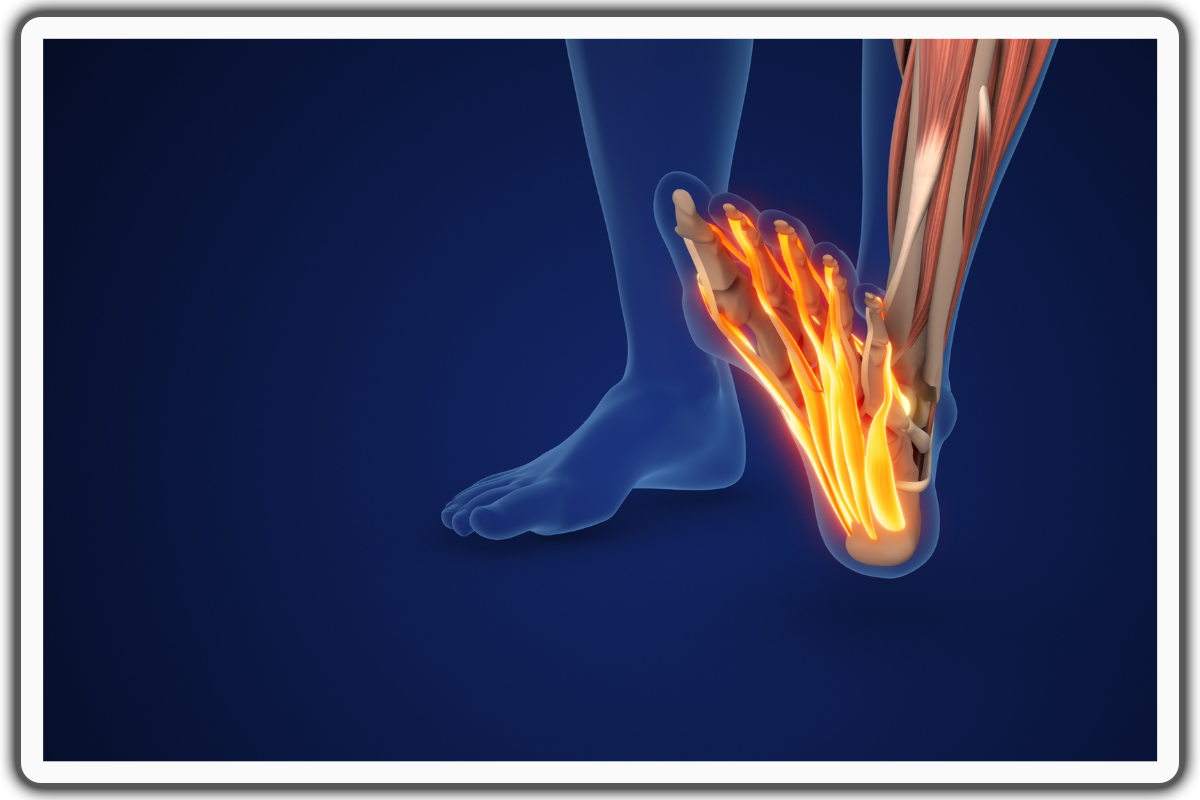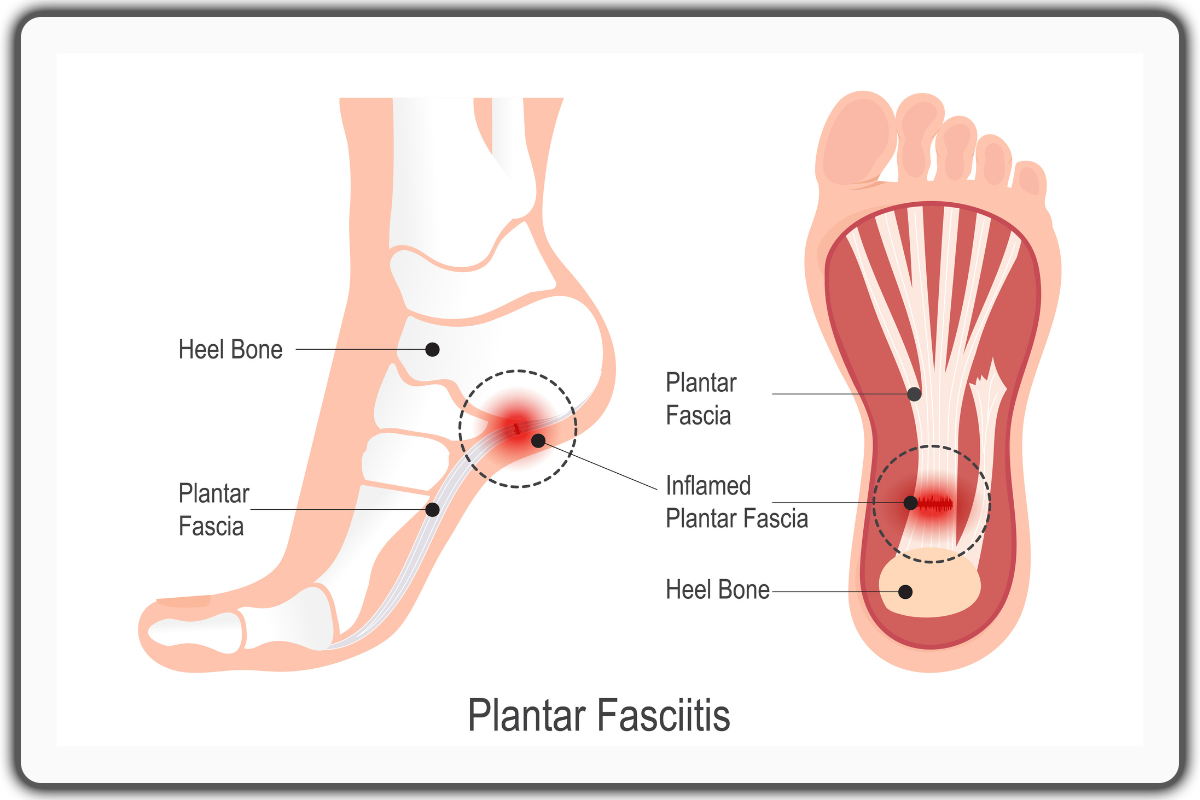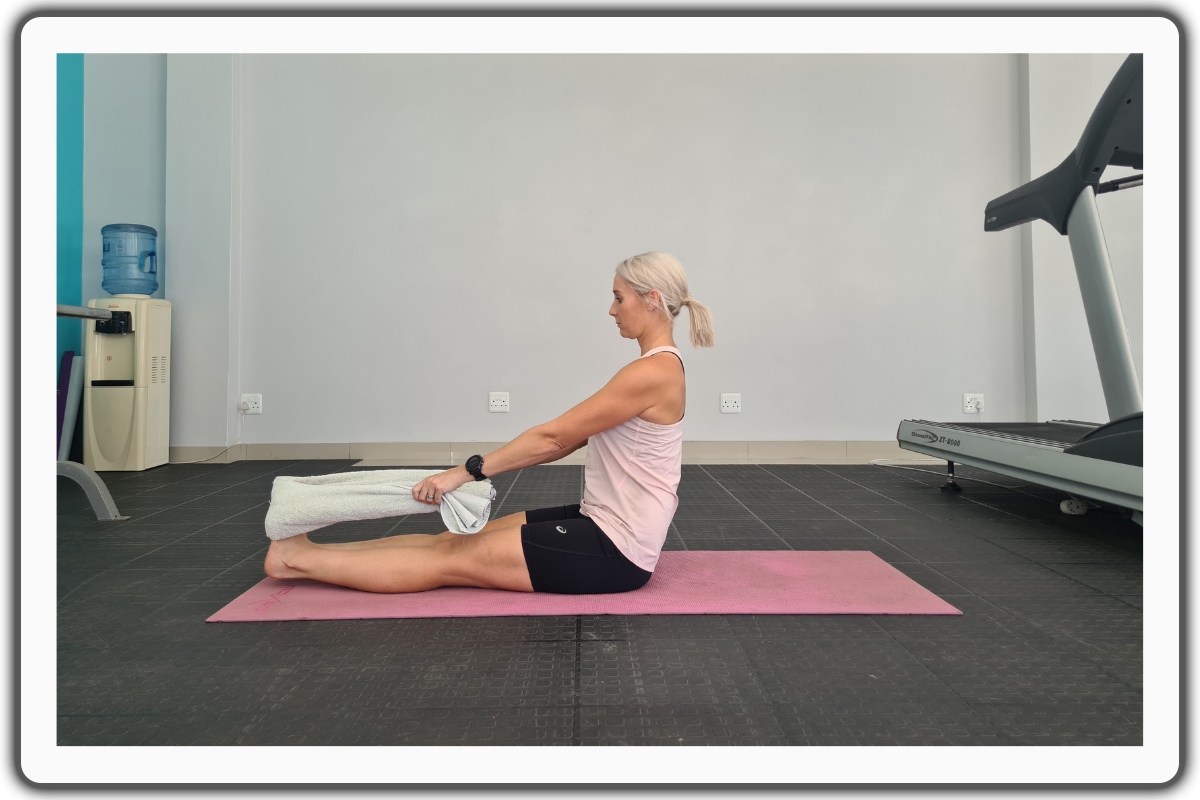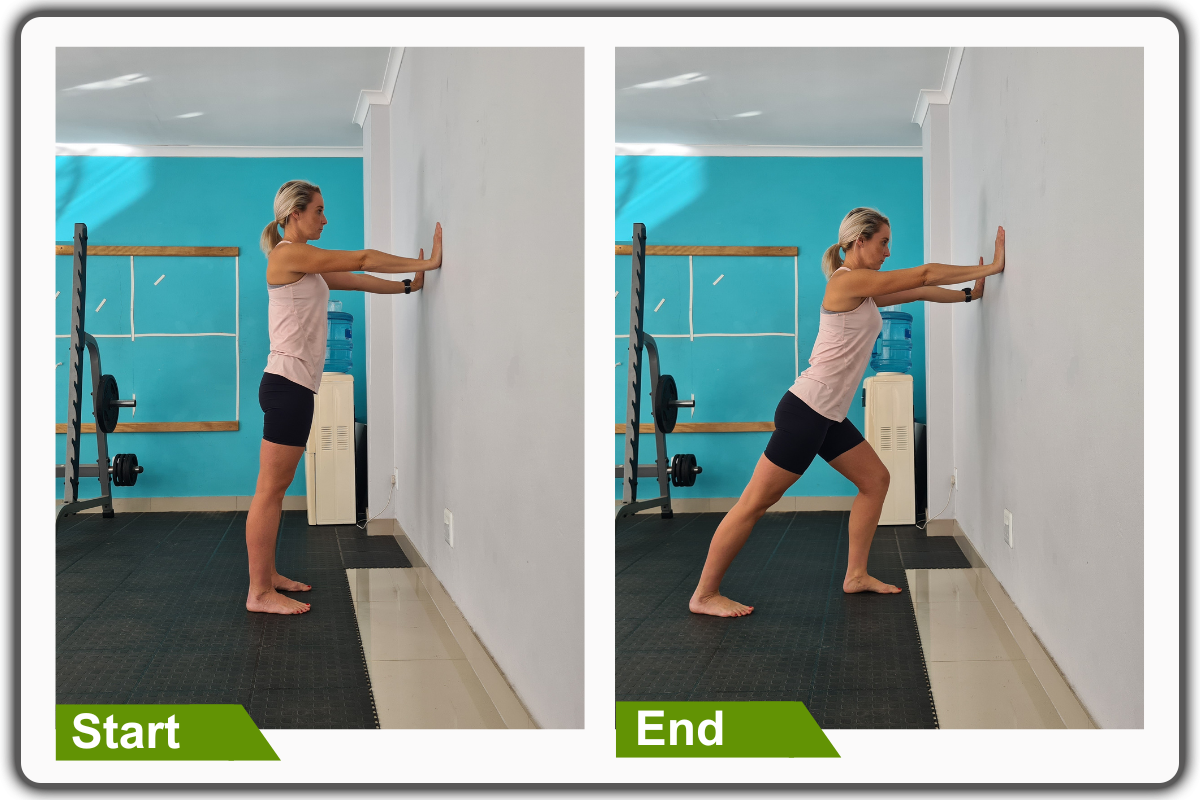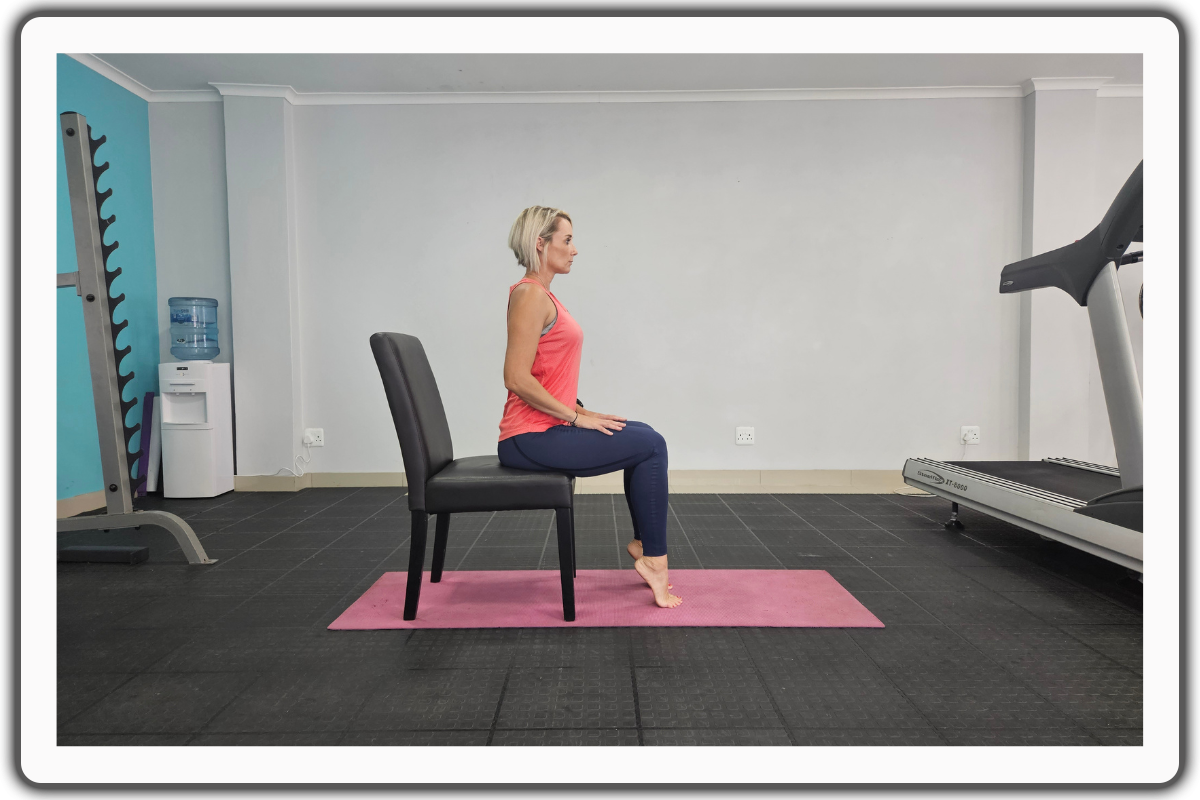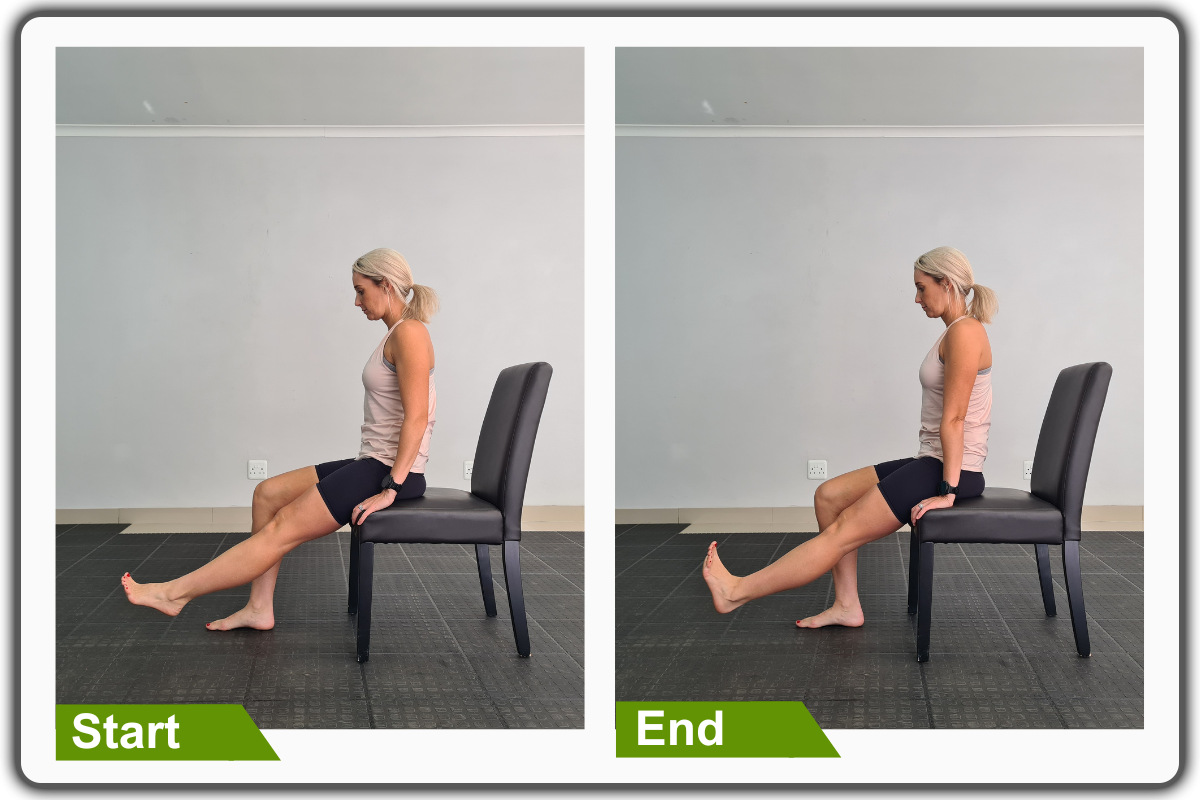Effective Insights on Plantar Fascia Release and Pain Relief
Plantar fasciitis is a condition that causes pain in the heel due to swelling or small tears in the plantar fascia, a thick band of tissue under the foot. This pain can make everyday activities like walking or standing very uncomfortable and affect your quality of life.
If treatments like stretching, better shoes, or therapy haven’t worked, plantar fascia release might help. This procedure reduces tension in the plantar fascia to relieve pain and improve movement.
In this guide, we’ll explain what plantar fascia release is, its benefits, risks, and other options, so you can decide if it’s right for you.
Understanding Plantar Fasciitis and the Plantar Fascia
The plantar fascia is a thick, fibrous tissue under the foot that connects the heel to the toes. It supports the arch and absorbs shock during movement.
Plantar fasciitis is a common condition where the plantar fascia becomes inflamed or damaged, causing heel pain. About 10% of people experience it in their lifetime, especially during middle age. It’s also common in runners, with 8% of foot injuries related to PFS.
Common causes of plantar fasciitis include:
- Overuse: Activities like running or standing for long hours.
- Poor footwear: Shoes without proper arch support or cushioning.
- Foot structure issues: Flat feet, high arches, or abnormal walking patterns.
Symptoms of Plantar Fasciitis
- Heel pain, often worse in the morning or after resting.
- Pain may increase with prolonged standing, walking, or running.
- Tight calf muscles or limited ankle movement.
- Gradual onset of heel pain, often worse in the morning or after periods of rest.
- Pain is localized near the heel, especially at the medial tubercle of the calcaneus.
- Tenderness and discomfort may increase with pressure or activity.
Risk Factors for PFS
- Biomechanical issues: Flat feet, high arches, or poor ankle flexibility.
- Lifestyle factors: Prolonged standing, walking, or improper footwear.
- Health factors: Obesity or excess body weight.
- Excessive foot pronation or improper biomechanics.
- Occupations that require prolonged standing or walking.
- Obesity or excessive weight.
- Sports-related overuse injuries.
Treatments for Plantar Fasciitis
- Conservative Methods: Rest, ice, stretching, proper footwear, and physical therapy.
- Guided Injections: Corticosteroids or platelet-rich plasma (PRP) injections can reduce pain and inflammation.
- Shock Wave Therapy (ESWT): Targets pain areas to stimulate healing.
Exercises for Plantar Fascia Release
- Stretching exercises specifically for the plantar fascia and Achilles tendon can alleviate pain.
- Exercises help improve flexibility, reduce tension, and strengthen surrounding muscles.
- Studies show plantar fascia stretching can provide superior relief compared to general stretches.
Plantar Fascia Stretch
Begin in a seated position with one foot resting on the floor and the opposite foot placed on your thigh, keeping your upper body upright with your head, shoulders, and hips aligned. Use one hand to hold your toes and the other holding your heel, and gently pull them back toward your shin until you feel a stretch along the arch of your foot. Hold this position for several deep belly breaths, inhaling through your nose and exhaling through your mouth. Relax and return to the starting position. Repeat the movement on the opposite foot.
Towel Stretch
For this exercise, kindly use a towel.
Begin in a seated position on the floor with your legs extended straight in front of you, keeping your upper body upright and aligned. Wrap a small towel around the ball of both feet and hold the ends firmly with both hands. Gently pull the towel toward you, flexing your foot and feeling a stretch along your calf and the arch of your foot. Hold this position for several deep belly breaths, inhaling through your nose and exhaling through your mouth. Relax and return to the starting position. Repeat the stretch on the opposite foot.
Calf Stretch
Begin in an upright standing position in front of a wall with your feet hip-width apart, maintaining good alignment with your head, shoulders, hips, and legs. Engage your core. Extend and press your hands on the wall at chest level. Step one leg back, keeping it straight with your heel pressed firmly into the ground while bending your front knee slightly. Lean forward gently, maintaining the stretch in your back calf and ensuring your body stays aligned. Hold this position for several deep belly breaths, inhaling through your nose and exhaling through your mouth. Return to the starting position and repeat the movement on the opposite leg.
Heel Raises
Begin in an upright sitting position on a chair with your knees bent and feet flat on the floor. Maintain good alignment with your head, shoulders, and hips. Place your hands on your lap and engage your core. Lift your heels as high as possible, keeping your toes on the ground. Hold the position for a couple of seconds. Then, lower your heels back to the starting position. Repeat this movement for several repetitions.
Ankle Pumps
Begin in an upright sitting position at the edge of the chair with your knees bent and feet flat on the floor. Place your hands on the side for support. Engage your core. Extend and lift one leg off the floor, then point your toes forward and flex them back toward your shin. Repeat the movement with 10 repetitions. Repeat the movement on the opposite side.
Conclusion
Plantar fasciitis is a painful condition caused by inflammation or damage to the plantar fascia, the tissue supporting the foot’s arch. It often results in heel pain, especially after rest or prolonged activity. While conservative treatments like stretching, supportive footwear, and physical therapy help most cases, severe instances may require advanced options like injections, shockwave therapy, or surgery.
Exercises such as plantar fascia and Achilles tendon stretches, heel raises, and calf stretches are highly effective in reducing pain, improving flexibility, and strengthening the foot. With proper care, most individuals can manage symptoms and restore mobility, improving their overall quality of life.
FAQs
Where is plantar fasciitis located on the foot?
According to Dr. Gustavo Campos, most patients with plantar fasciitis report pain on the bottom of the foot, particularly near the heel and arch.
What happens when plantar fascia is released?
Plantar fascia release surgery involves cutting a portion of the connective tissue in the plantar fascia to relieve tension, reduce pain, and restore mobility. In procedures like endoscopic plantar fasciotomy, a small camera and instruments are used to perform the surgery with minimal invasiveness. This technique helps alleviate strain on the plantar fascia and surrounding structures, such as nerve fibers near the heel bone.
How long does it take to recover from plantar fascia release surgery?
Recovery from plantar fasciitis release surgery typically takes 6–12 weeks for most individuals to return to daily activities, although full healing can take several months. Recovery may vary depending on the type of surgery performed, such as open surgery or endoscopic surgery, and the individual’s adherence to physical therapy and post-operative care.
How do you self-release plantar fasciitis?
You can manage plantar fasciitis at home by stretching the plantar fascia. Sit with one foot on the opposite knee, grasp your toes, and gently pull them toward your shin to stretch the connective tissue along the arch of your foot. Rolling your foot over a frozen water bottle or massage ball can also provide relief by targeting tight areas near the heel bone.
What are the effects of fascia release?
Fascia release can reduce tightness, ease pain, and improve flexibility in the affected area. Procedures like endoscopic surgery can also minimize disruption to surrounding structures, such as nerve cells and fibers, helping to maintain proper foot function. With improved mobility and reduced discomfort, daily activities become more manageable.
How do you know if your plantar fascia is healing?
Signs of healing include reduced pain, particularly in the morning or after resting, increased flexibility in the foot, and better tolerance for walking or standing without discomfort. Consistent improvement over weeks or months suggests that the connective tissue and surrounding structures, including nerve fibers near the heel, are recovering well.
How do you know if your fascia is damaged?
Damaged fascia often causes localized pain, stiffness, and tenderness, particularly near the heel bone. In plantar fasciitis, the pain is typically sharp and worsens after periods of rest or extended activity. If the pain persists or spreads, it may indicate irritation to nearby nerve cells or fibers. A doctor can provide proper evaluation and recommend treatment.
KW for references:
(1) Plantar fasciitis - https://doi.org/10.1016/j.ultrasmedbio.2014.03.001'
(2) Symptoms of Plantar Fasciitis - https://doi.org/10.1016/S1360-8592(03)00087-1
(3) Studies show plantar fascia - https://doi.org/10.1308/003588412X13171221592456
References
(1) Mohseni-Bandpei, M. A., Nakhaee, M., Mousavi, M. E., Shakourirad, A., Safari, M. R., & Kashani, R. V. (2014). Application of ultrasound in the assessment of plantar fascia in patients with plantar fasciitis: A systematic review. Ultrasound in Medicine & Biology, 40(8), 1737–1754. https://doi.org/10.1016/j.ultrasmedbio.2014.03.001
(2) Bartold, S. J. (2004). Plantar heel pain syndrome: Overview and management. Journal of Bodywork and Movement Therapies, 8(3), 214–226. https://doi.org/10.1016/S1360-8592(03)00087-1)
(3) Cutts, S., Obi, N., Pasapula, C., & Chan, W. (2012). Plantar fasciitis. The Annals of The Royal College of Surgeons of England, 94(8). https://doi.org/10.1308/003588412X13171221592456

